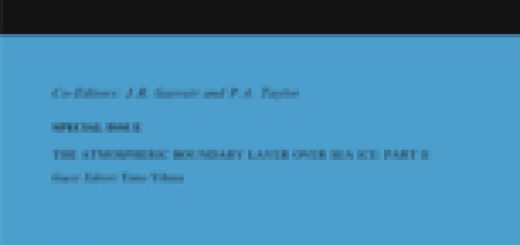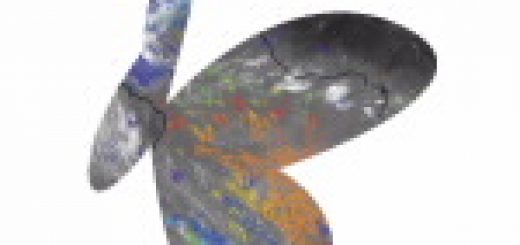Final release of the ESA-LIME lunar irradiance model
After 27 months, the ESA-funded project “Lunar spectral irradiance measurement and modelling for absolute calibration of Earth Observation (EO) optical sensors” has finished, releasing the most important information coming out of the project in the following ESA portal: http://calvalportal.ceos.org/lime-documents.

Figure 1. Gateway to the Moon (extracted from https://www.esa.int/Science_Exploration/Human_and_Robotic_Exploration/Gateway_to_the_Moon)
Researchers from the University of Valladolid (UVa) and the State Meteorological Agency of Spain (AEMET) were involved in this project, with the support of the Izaña Observatory infrastructure through “WMO-CIMO Testbed for Aerosols and Water Vapour Remote Sensing Instruments”.
The new lunar irradiance model—LIME (Lunar Irradiance Model ESA)—is the main outcome of this project. LIME appears as an improved lunar irradiance model with sub-2% absolute radiometric uncertainty (SI traceable), derived from 150 nights of lunar observations at Izaña and Pico Teide AEMET stations. These results improve considerably the absolute radiometric uncertainty involved on the previous lunar models (~ 5-10 %).
This new model is expected to play an important role on EO radiometric calibration, which can be validated using radiometrically stable natural targets, like the lunar disk irradiance. With this information, EO measurements can be radiometrically linked to all past, present and future sensors having performed similar measurements.
The ESA photometer is still in operation in AEMET stations and the project has been extended for 4 years more, in order to update the LIME model on a yearly basis based on an extended set of measurements.



